The trophy cabinet at Ford’s UK technical centre in Dunton must be in danger of giving way any moment now. Since the introduction of the downsized 1-litre three-cylinder EcoBoost engine in 2012 the company has been picking up silverware at a seemingly exponential rate. So far that includes five consecutive wins in the under 1-litre class of the International Engine of The Year Awards and three outright titles.
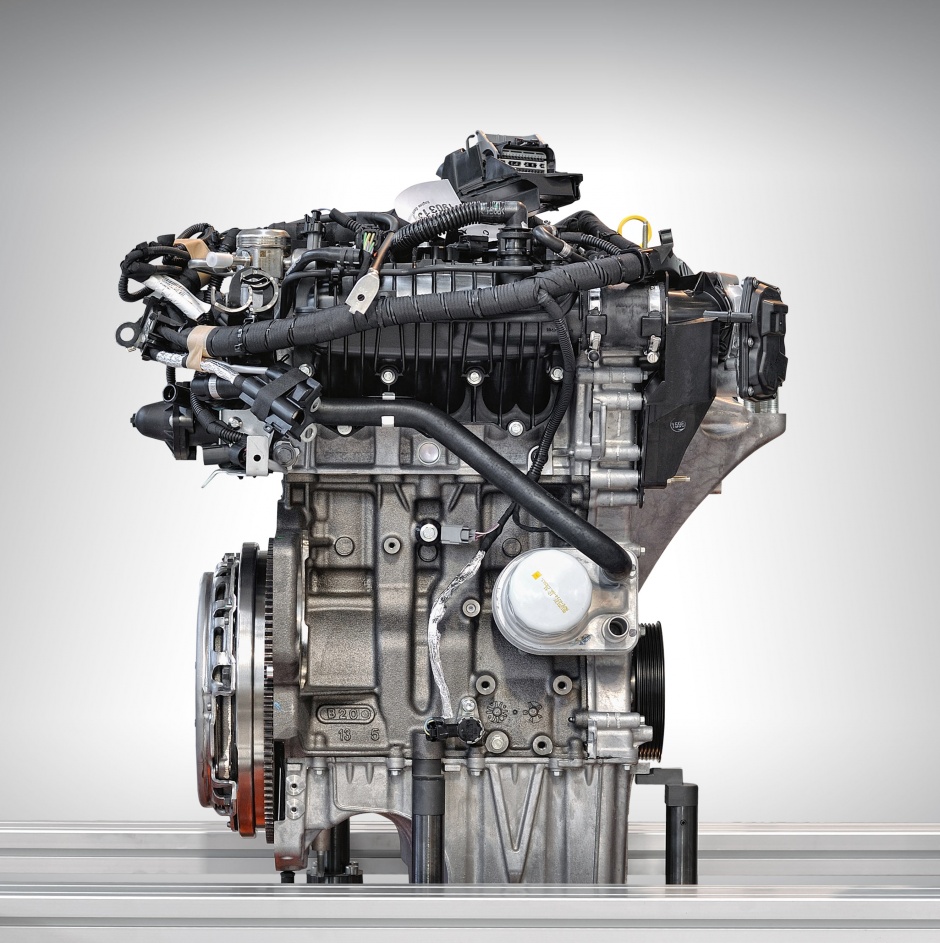
Ford was by no means the first manufacturer to employ turbo downsizing, but it is arguably the most successful, and certainly one of the most enthusiastic advocates of the technology. Take the Mondeo 1.0 EcoBoost, for example. This is a 4.9-metre long saloon, which not so long ago could be had with a 3-litre naturally aspirated V6, and yet the current range begins with a third of the capacity and half as many cylinders.
Ford’s not done with the concept of downsizing just yet, though. It’s now turning to cylinder deactivation to selectively disable a third of the engine, turning the 999 cc three-cylinder EcoBoost into a 666 cc twin when conditions allow.
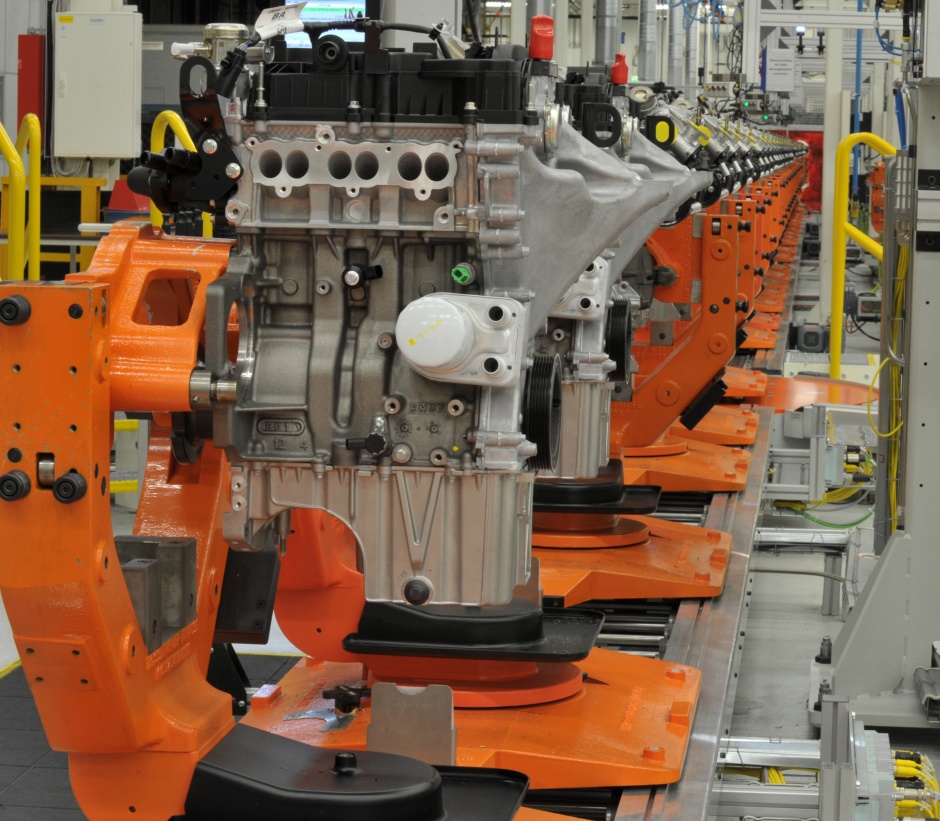
“A couple of years ago we identified that cylinder deactivation had good potential for fuel economy and CO2 benefits,” commented Andrew Fraser, head of gasoline powertrain development at Ford Europe. “At light load operating points it can be up to 20 per cent more fuel efficient to run on two cylinders rather than three, although we only expect to do that for relatively short periods. Overall, we think an improvement of around six per cent should be achievable.”
The hardware and software revisions required to make this happen are significant, starting with a full redesign of the valvetrain.
On the standard EcoBoost, the camshaft acts directly onto mechanical bucket followers, but on the cylinder deactivation engines this system is replaced by a set of roller finger followers. These are normal single-piece items on cylinders two and three, but the followers on cylinder one are effectively split down the middle.
The two halves are locked together by a pivot at one end and a hydraulically controlled latch at the other. Ordinarily, they move as one, following the motion of the camshaft to open the valve. When hydraulic pressure is applied to the latch, however, it disengages. This allows the side of the follower in contact with the camshaft to move while the other half – in contact with the valve – remains static.
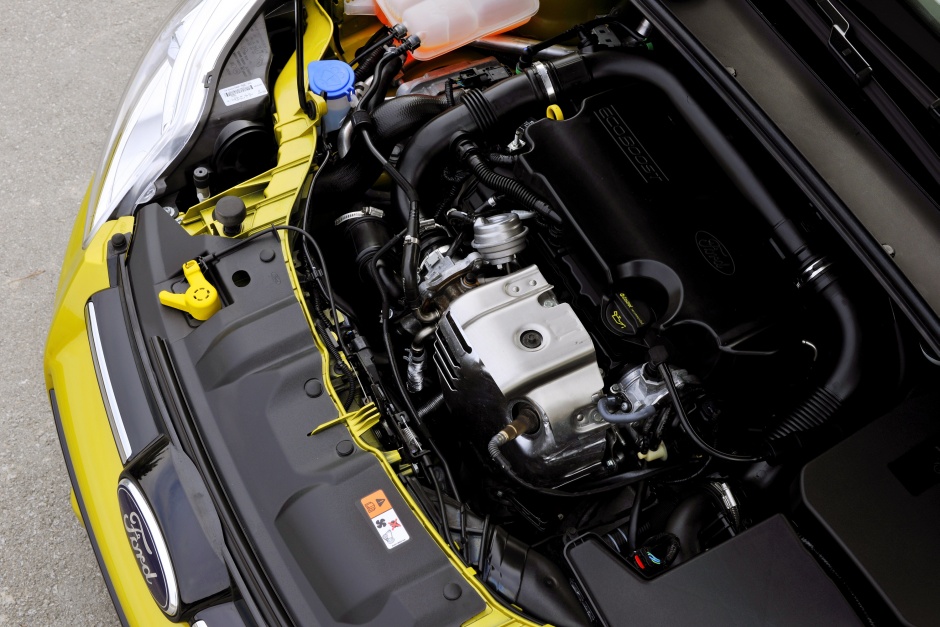
The basic geometry of the system is quite straightforward, but it’s not an easy thing to package. There are four valves on the cylinder – two on the exhaust side and two on the intake side – each of which requires its own oil feed and associated control valve.
“The hydraulics are a work of art,” commented Fraser. “My colleagues at Dagenham have managed to include a lot of passages, relief valves and control actuators in what was already a tiny engine. This has to operate at a wide range of oil viscosities and other noise factors, and it has to activate incredibly quickly.”
When activation is required, the engine control unit (ECU) sends current to the valves, which allows oil from the lubrication system to flow into the latch and disable the follower. This is done with the exhaust valves first to fill the cylinder before the intake valves are closed to trap the gas.
In total, the whole process takes about 14 milliseconds – 20 times faster than the blink of an eye. The result is essentially a pneumatic spring, which stores the energy taken to compress the gas on the upward stroke of the piston and returns it on the downward stroke with very little loss.
“The goal here is primarily to reduce the pumping work done by the engine,” explains Fraser. “By shutting down part of the engine you force the remaining cylinders to work harder. This means the throttle is open further and you have a higher intake manifold pressure, so less work is done during pumping. There’s also less heat loss as you have combustion taking place in two cylinders rather than three. Working the remaining cylinders harder does increase their individual fuel consumption, but under light-to-medium load conditions you gain more from the reduced losses than you lose.”
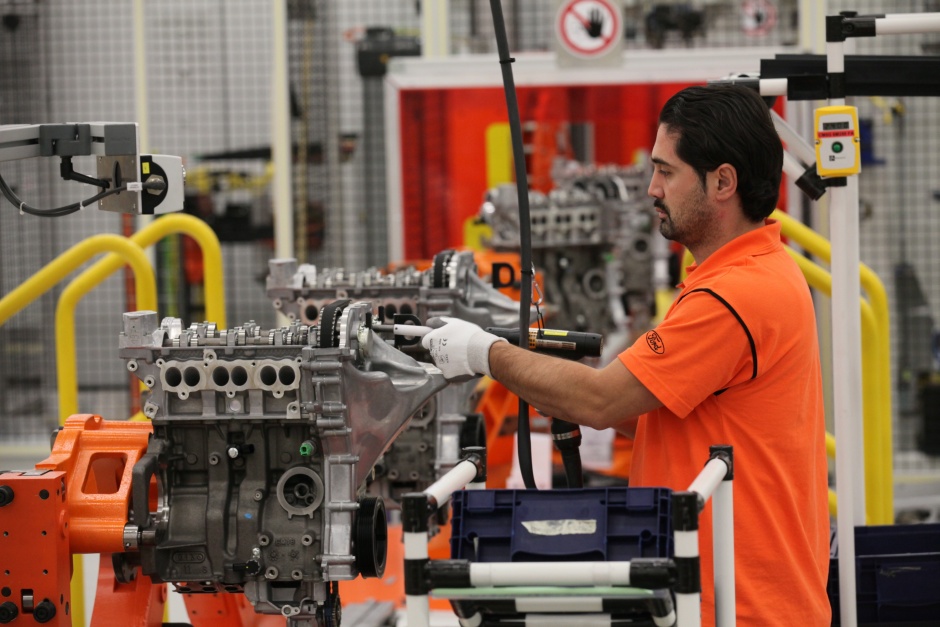
This is by no means the first time that someone has employed these principals. Bomber crews in WW2 noticed they could fly further on the same fuel tanks by shutting down one of their engines and de-throttling the remaining three. More recently, carmakers began experimenting with cylinder deactivation following the introduction of fleet average fuel economy targets for the US market in the 1970s. Since then a number of brands have employed it quite successfully on larger engines, but Ford is hoping to be the first to do so on a three-cylinder unit.
One of the biggest challenges on any engine with cylinder deactivation is minimising the change in noise and vibration characteristics as you switch between the two modes. This requires a holistic approach, which begins with the design of the engine itself, but extends well into the drivetrain and beyond.
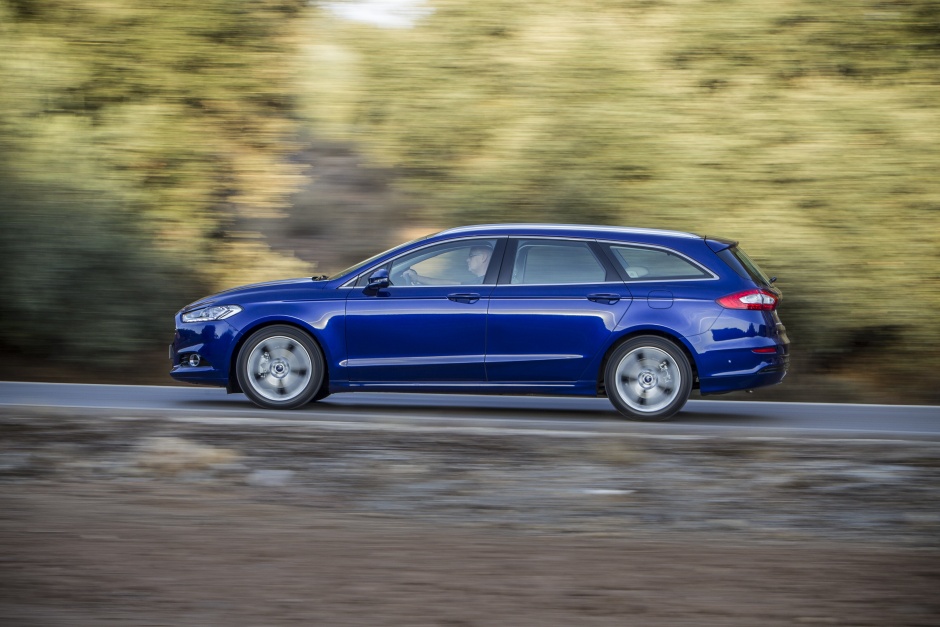
The clutch and flywheel are carefully optimised to isolate the engine from the drivetrain, while the mounts are tuned to absorb the additional vibration. Even the suspension arms and top mounts are tweaked to minimise the transfer of vibration from the driveline to the vehicle’s structure. And this has to be done on a case-by-case basis for every vehicle that uses the new engine.
Ford is currently around two thirds of the way through the engine’s development programme and plans to begin rolling it out early next year. There’s no word yet as to which vehicles it will go into, although we’re told it will cover a range of applications and at various different power outputs. That raises the very real possibility that sometime next year you’ll be able to buy a Mondeo or a Transit Courier that spends part of its time operating on two cylinders and just 666 cc. For the trophy cabinet, that might just be the final straw.




Swiss geoengineering start-up targets methane removal
Several rather dubious statistics in this report. IF methane had 120× the thermal effect of CO2 that would be TWO orders of magnitude. Two is not...